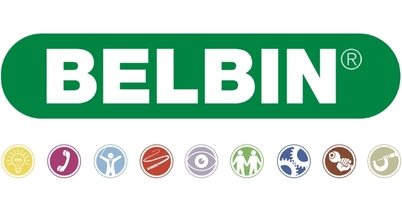
Belbin team roles
Dr Meredith Belbin and his team discovered that there are nine clusters of behavior, these were called 'Team Roles'. By using Belbin, individuals have a greater self-understanding of their strengths, which leads to more effective communication between team members.
However, not all are always required at the same time - it is important to first look at the team objectives, and work out which tasks need to be undertaken. Once this has been done, discussions can take place regarding which and when each Team Role behaviour should be utilised.
By using Belbin, individuals have a greater self-understanding of their strengths, which leads to more effective communication between colleagues and managers. Great teams can be put together, existing teams can be understood and improved, and everyone can feel that they are making a difference in the workplace.
Stanwick uses Belbin assessments to help you get the best out of your teams. By assessing the behavioural contribution individuals make to your teams, rather than an abstract psychometric test which will tell you about their personality, Belbin looks at how people actually behave in the workplace and which roles they are best suited to take on in a team environment.




